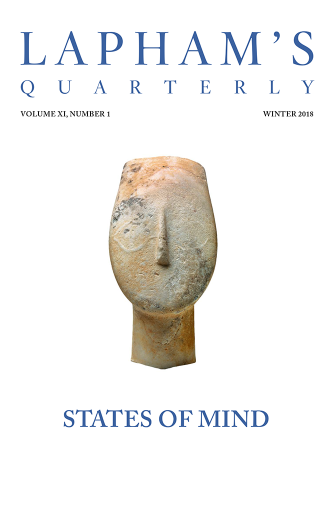Marching at dawn from camp with the intention of attacking the fort of Bajaur, we dismounted near it and sent a trusty man of the Dilazak Afghans to advise its sultan and people to take up a position of service and surrender the fort.
Not accepting this counsel, that stupid and ill-fated band sent back a wild answer, whereupon the army was ordered to make ready mantelets, ladders, and other appliances for taking a fort. For this purpose, a day’s halt was made on that same ground. On Thursday the fourth of Muharram, orders were given that the army should put on mail, arm, and get to horse. While the beys of the left under Dost Beg were dismounting, 100 to 150 men on foot came out of the fort, shooting arrows. The beys, shooting in their turn, advanced till they had forced those men back to the foot of the ramparts, Mulla Abdul-Malik of Khwast, like a madman, going up right under them on his horse. There and then the fort would have been taken if the ladders and mantelets had been ready and if it had not been so late in the day. As the Bajauris had never before seen matchlocks, they at first took no care about them. Indeed, they made fun when they heard the report and answered it by unseemly gestures. On that day Ustad Ali-Quli shot at and brought down five men with his matchlock. Wali the Treasurer, for his part, brought down two. Other matchlockmen were also very active in firing and did well, shooting through shield, cuirass, kusaru, and bringing down one man after another. Perhaps seven, eight, or ten Bajauris had fallen to the matchlock fire before night. After that it so became that not a head could be put out because of the fire. The order was given: “It is night. Let the army retire, and at dawn, if the appliances are ready, let them swarm up into the fort.”
From the Baburnama. A descendant of Genghis Khan and Tamerlane, the future Mughal emperor began these memoirs at the age of ten. After more than two decades of attempts to seize control of the Silk Road city of Samarkand, in 1519 he led his horde across the Himalayas and into northern India, where six years later his armies defeated the sultan of Delhi’s hundred war elephants with the aid of two Ottoman cannons. The following year, having established the Mughal Empire, Babur observed the casting of a third cannon, thought to have been the first produced in India.
Back to Issue

